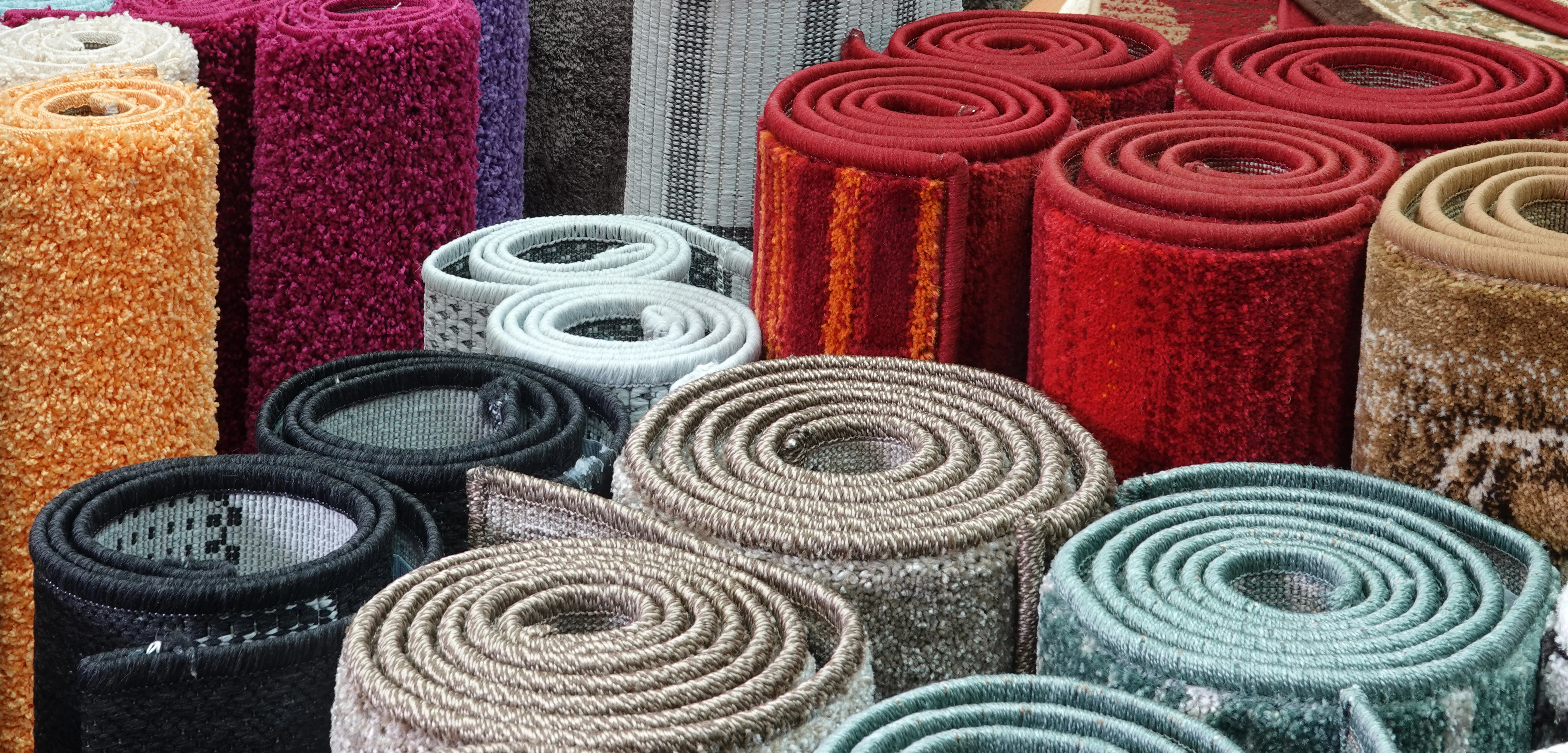An example of the factors taken into account by adjudicators is given at the end of this guidance note.
CARPETS AND FLOORCOVERINGS
Carpets
Low quality – two to four years
Medium quality – five to eight years
Top quality – eight to fifteen years
Natural fibre carpets
Jute/Seagrass/Sisal/Coir – up to eight years
Laminate flooring/Vinyl flooring
Five to ten years
Hardwood flooring
Fifteen to fifty years
Comments
Some areas will wear quicker than others and their lifespan should be adjusted accordingly.
‘Heavy Traffic’ areas will wear more quickly. For example a medium quality carpet is likely to last the minimum lifespan on stairs, hallways and landings.
Consideration must also be given as to whether the carpet is suitable for the area that it is in. For example, it would not be unreasonable for a medium quality carpet, which was graded for bedroom use and laid in a hallway, to wear out more quickly.
DECORATION
Three to five years
Comments
The gauge is approximate and assumes an average size property with average use.
The lifespan of decoration to a property will depend upon the size of the rooms and areas involved. Allowance must also be made for the type and number of permitted occupants, and whether the property was furnished or unfurnished.
Walls, partitions and internal painted surfaces are likely to suffer more stress in higher footfall areas of the property.
Where these factors point to an inevitable (greater) need for redecoration at the end of the tenancy, an adjudicator may consider more than a simple contribution to the cost of redecoration from the tenant to be unreasonable.
HOUSEHOLD APPLIANCES
Washing machines
Low quality – two to five years
Medium quality – six to eight years
Top quality – nine to twelve years
Dishwashers
Low quality – up to five years
Medium quality – up to ten years
High quality – up to fifteen years
Ovens/Cookers/Hobs
Nine to fifteen years
HOUSEHOLD GOODS
Mattresses
Up to eight years
Curtains
Low quality – up to five years
Medium quality – up to ten years
High quality – up to twenty years
Blinds
Low quality – up to three years
Medium quality – up to eight years
High quality – up to fifteen years
Adjudicators are likely to consider the following common factors when coming to a particular decision:
Length of tenancy - the longer the tenancy, the more natural wear. Common sense but think, for example, how much wear a carpet in your own home shows after one, two or three years. Also consider what the item’s condition was when the tenancy started; was it brand new or has it already seen a few tenancies come and go?
Number and age of occupiers - the more bedrooms and occupants, the higher the wear and tear that should be expected in all the common parts e.g. sitting room, passages, stairs, bathrooms and kitchen. If you are letting to a family with children, factor that in too. Scuffs and scrapes are unavoidable in normal family life. A property occupied by a single person should see far less wear than a family of four, so bear this in mind when it’s time for tenants to check out.
Wear and tear vs. actual damage - when is it no longer normal wear? Damage i.e. breaking something is not wear and tear – meaning either replacement or repair. Light marks on a carpet might have to be viewed as unavoidable. On the other hand, damage such as nail varnish spills on the floor or iron burns that have occurred due to negligence could see the tenant liable for repair. Consider whether the item has been damaged or worn out through natural use versus negligence when making a judgement call.
Quality and condition - consider the original quality of the item at the start of the tenancy and what it originally cost to provide. It would be unreasonable for a landlord to provide a cheap and flimsy set of bedroom furniture and then blame the tenant if the items are damaged through normal usage. Adjudicators may expect to see receipts or other evidence to confirm an item’s age, or its cost and quality when new. Another consideration is the quality or fabric of the property itself.
Many new builds tend not to be quite as robust as older properties or conversions. Walls, partitions and internal painted surfaces tend to be thinner and therefore likely to suffer more stress, particularly in higher footfall areas of the property. This inevitably means that there is a greater need for redecoration at the end of the tenancy period. An adjudicator may therefore consider more than a simple contribution to the cost of redecoration from the tenant to be unreasonable.
In considering whether cleaning/repair is necessary versus complete replacement at the end of the tenancy, an adjudicator will examine the check-in/out reports, any statements of condition and any photographs or videos in order to compare the condition of the property at the start and end of the tenancy. In some cases, the damage may not be so extensive as to require the complete replacement of an item at the tenant’s expense (such as a kitchen worktop or carpet); however the adjudicator will award sums in recognition of any damage which has occurred.
Whilst the landlord may wish to replace a damaged item, it is not always the case, even where the damage is admitted by the tenant, that the extent of the damage is such that the tenant should automatically bear the full replacement cost.
In circumstances where damage to the property is so extensive or severe as to affect the achievable rent level or market quality, the most appropriate remedy might be replacement and to apportion costs according to the age and useful lifespan of the item.
An example of how this might be calculated is set out below:
A Cost of similar replacement carpet/item - £500
B Actual age of existing carpet/item – 2 years
C Average useful lifespan of that type of carpet/item – 5 years
D Residual lifespan of carpet/item calculated as C) less B) – 3 years
E Depreciation of value rate calculated as A) divided by C) - £100 per year
F Reasonable apportionment cost to tenant calculated as D) times E) - £300
Please note that the adjudicator must make a decision that is reasonable in view of the evidence that is presented to them by the parties in that particular dispute. Therefore, it may not always be appropriate to apply this approach.



